1plus2 Architecture

1+2 Architecture is a multi-award winning Tasmanian practice focussed on the delivery of high quality contemporary architecture. From modest beginnings in 2002 our practice has expanded to include commercial, government and institutional clients. Our work is distinguished by its environmental and social awareness, attention to detail and user satisfaction. It has been recognised at local, national and international level through books, journals and exhibitions and continues to be awarded by the Australian Institute of Architects at both State and National level. We are an A+ practice member of the Australian Institute of Architects, and Registered Architects in Tas., Vic. and NSW.
Driving directions to 1plus2 Architecture on map
1plus2 Architecture on Google Maps
Projects:
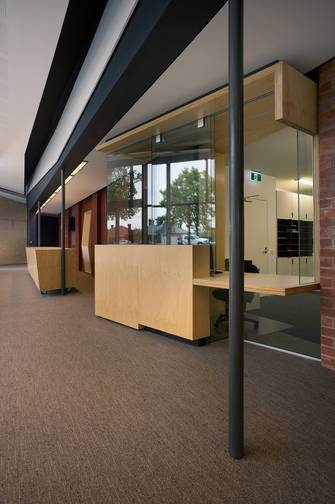
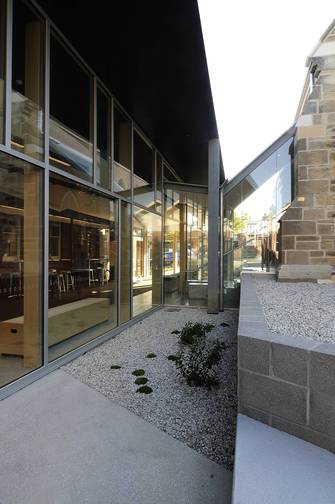
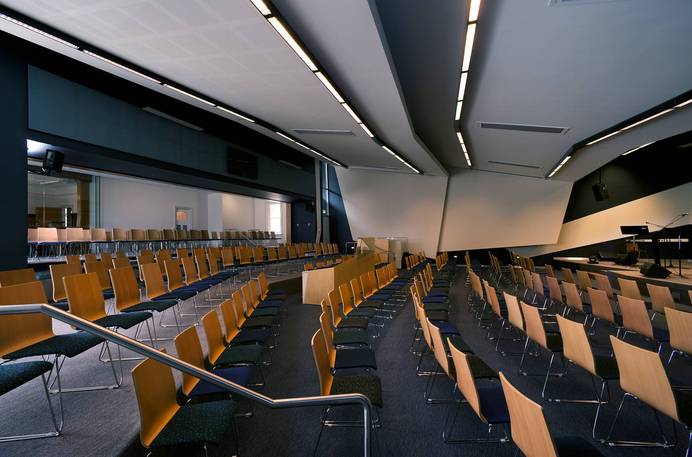
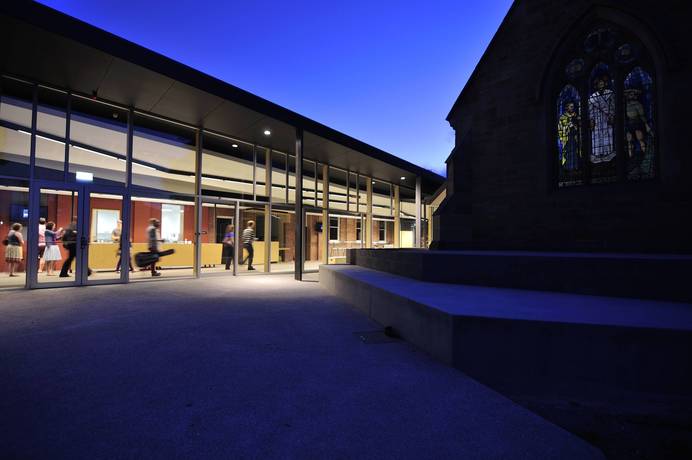
Wellspring Anglican Church
Sandy Bay, Tasmania, 2013
1+2 ARCHITECTURE was engaged to design a new home for the ‘Wellspring’ Anglican church community in Sandy Bay, Tasmania. This project required us to bring together the needs of various stake holder and user groups, and resolve these into a complex of new and refurbished buildings on the churches existing site. This process demanded the navigation of myriad complex issues including the adaptation and restoration of the heritage listed chapel, hall and residence as well as the construction of a new 300 seat auditorium, public spaces, offices and catering facilities . A process of close collaboration with the client groups, consultants including heritage, town planning, acoustic, landscape, artist and many others resulted in a dynamic marriage of old and new buildings which celebrate the important heritage values of the site and delights in the opportunities of contemporary design. The first service in the new facility was held in December 2012.
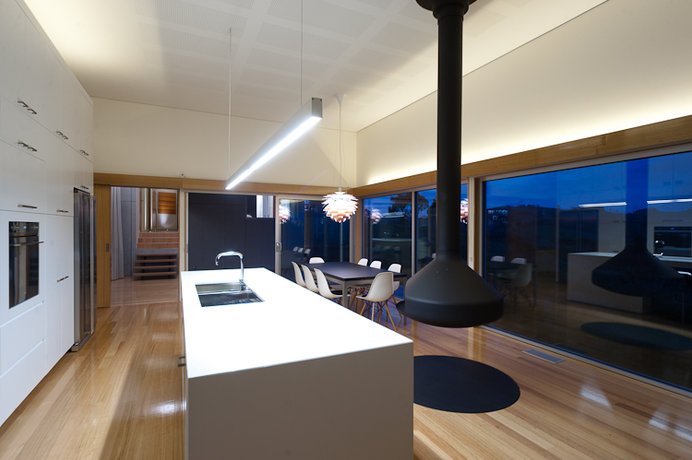
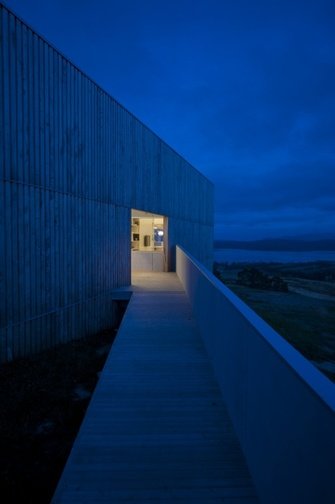

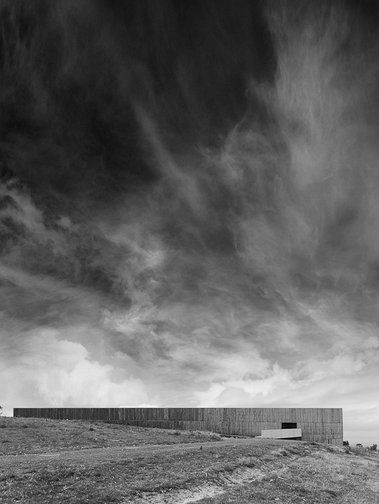
Marion Bay House
Marion Bay, Tasmania, 2011
This small dwelling is designed to take its place in a vast landscape – a lightweight timber structure inspired by the working buildings of the local, rural environment. The house is conceived as a folded ribbon of timber which emerges from its site, then folds back on itself to form an enclosure in a manner which both grounds the building and amplifies its presence in the broader landscape. Openings in the ribbon are formed for access and view. On the southern side, the facade is closed down against southerly Tasmanian weather. A single opening, accessed by an inclined ‘sheep chute’ signifies and creates the entry. To the east and north, a continuous articulated strip of windows and doors frame views, moderate sun penetration and provide access to the northerly semi-enclosed deck. Rough sawn timber installed in a traditional batten and board manner has been selected as the predominant external cladding, in reference to context, for economy and sustainability. The visual texture of this material at a landscape scale gives way to smoothness and careful refinement in detail at the personal scale. The interior is a composition of warm whites and natural timbers in keeping with the Danish owners sensibilities – a holiday haven immersed in the Tasmanian landscape.
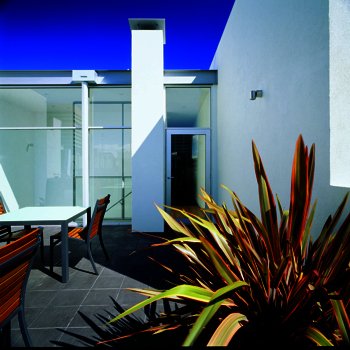
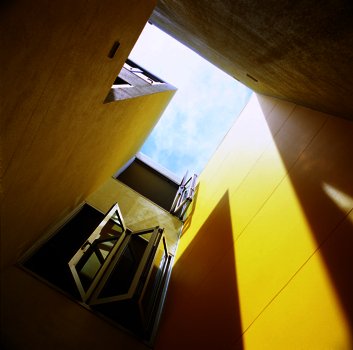


179 Liverpool Street
Hobart, 2009
This project explores the potential of compact, inner city living. Located behind the Victorian wall of Hobart’s Liverpool Street fa’ade, lie six single room dwellings designed with approval as apartments or offices, a small retail space, car parking and a shared roof garden. The contemporary architecture searches for opportunities for space, light, form and functionality on a minimal footprint. Contextual harmony is sought through an exchange between contemporary design and traditional urban form. Light filters through from above via and internal light shaft to illuminate and oxygenate an inner urban oasis, created within the heart of the development, onto which each apartment opens. Designed for the individual on a modest budget, the apartments compensate for their compressed footprint, varying from 27-35m2, with a sense of space created through the use of simple architectural geometry, high uncluttered ceiling, borrowed and shared spaces, hidden and crafted storage joinery, abundant light and ventilation.






